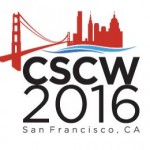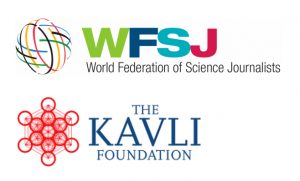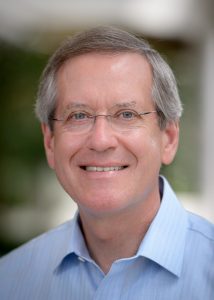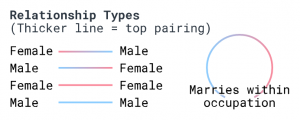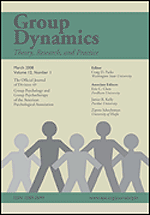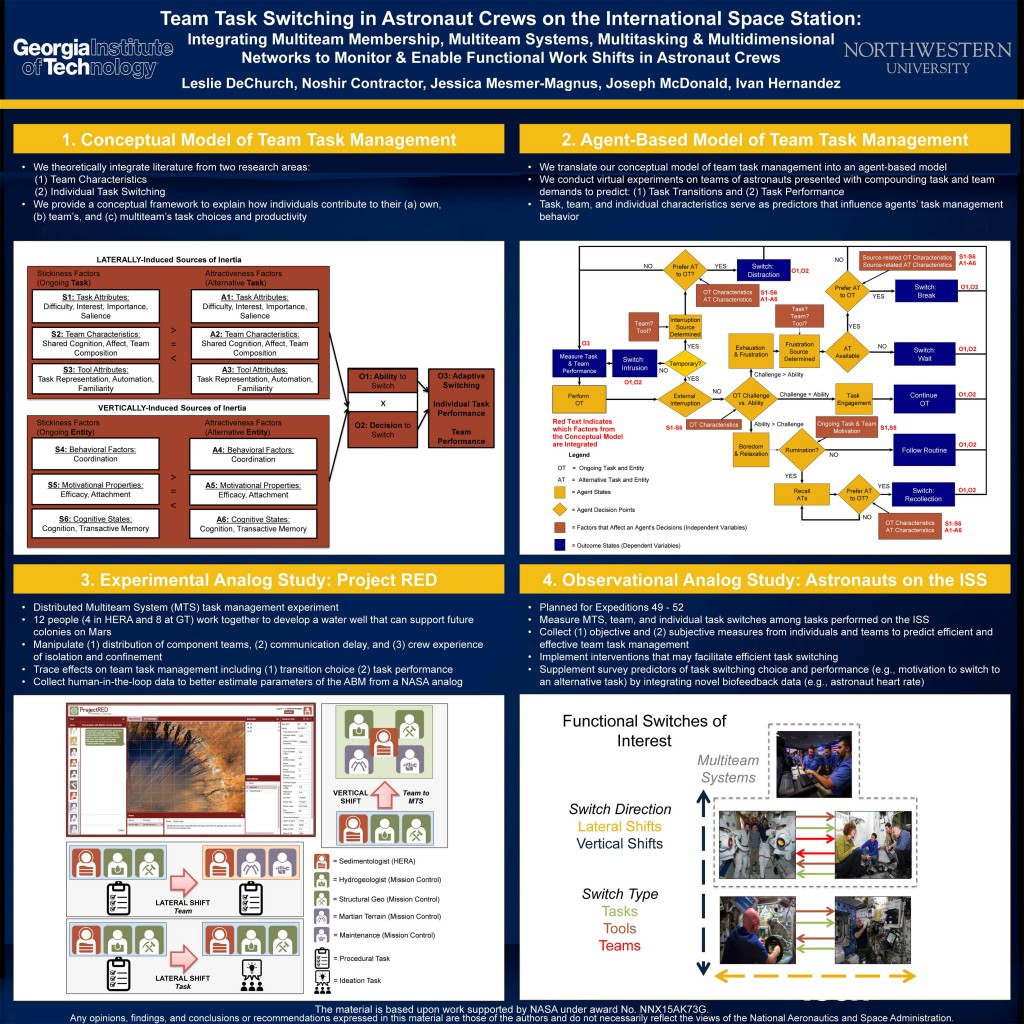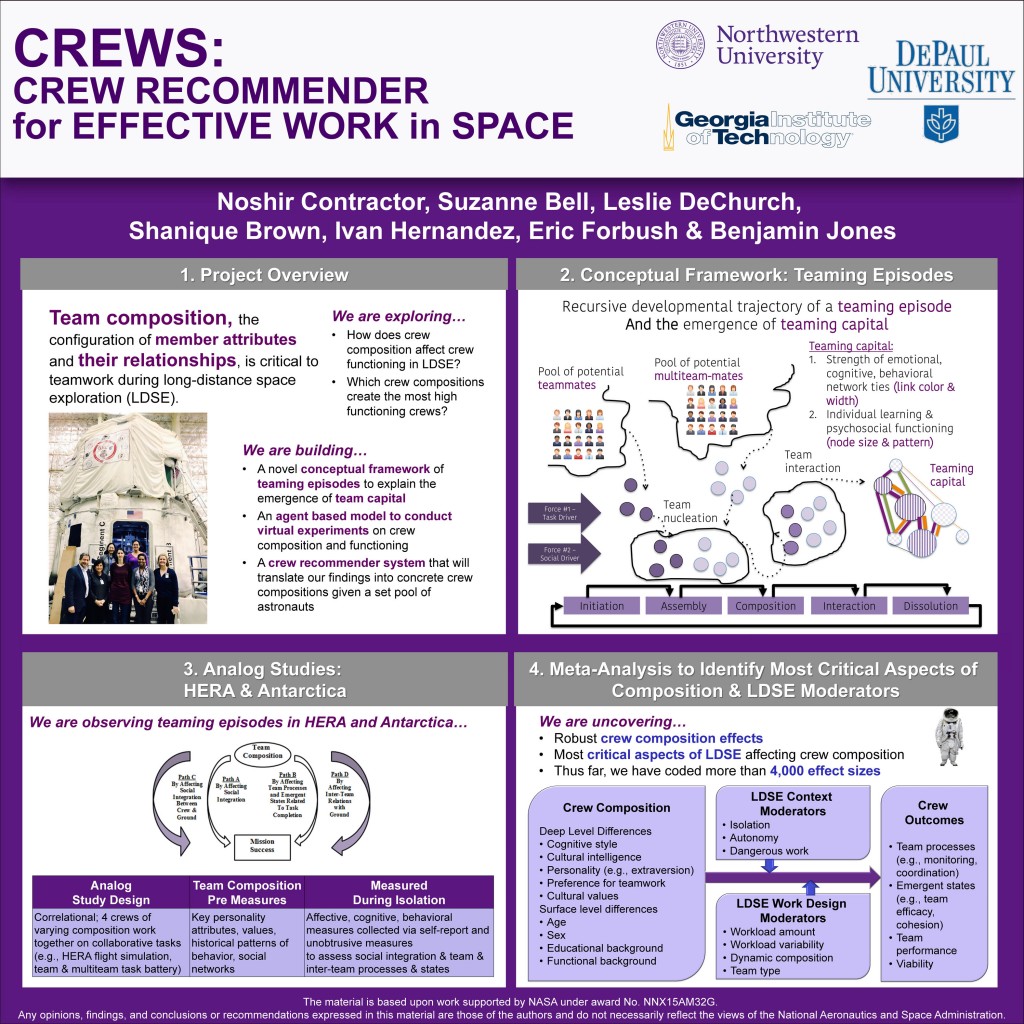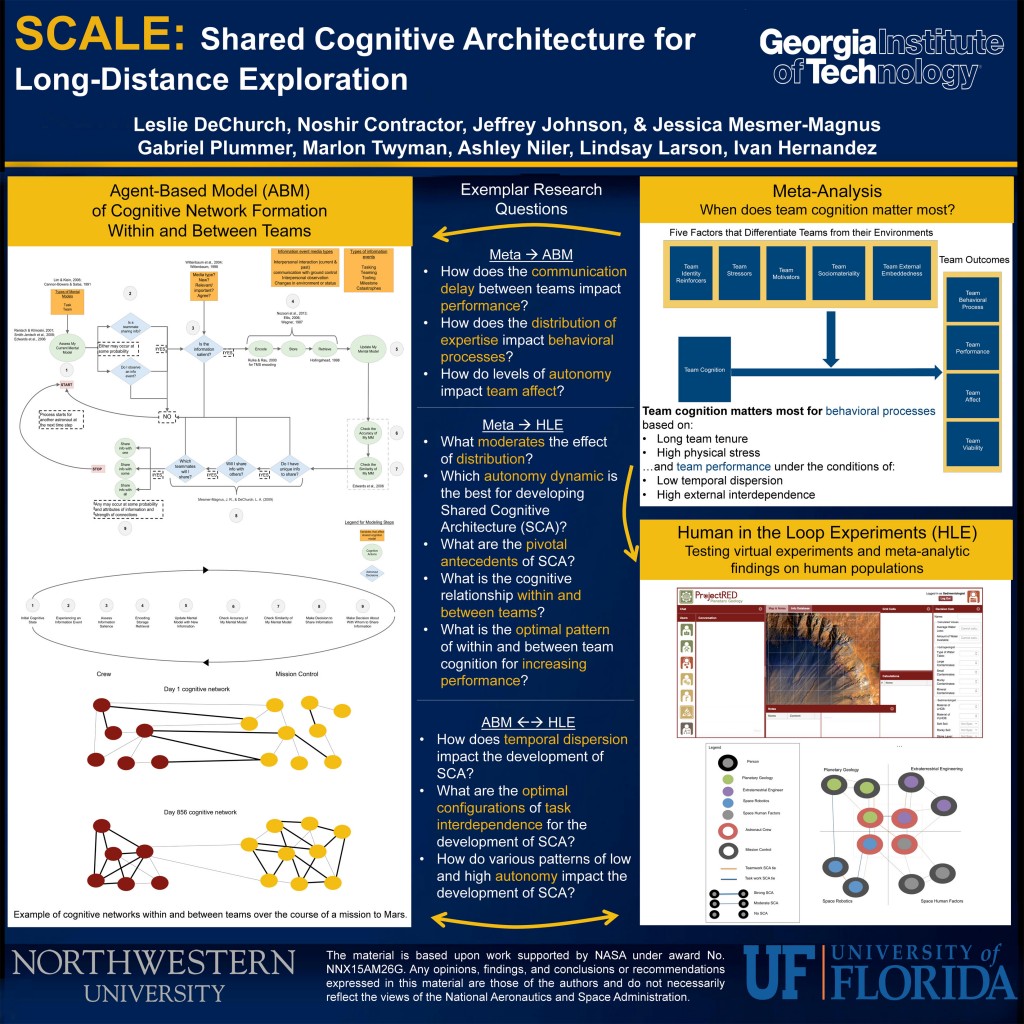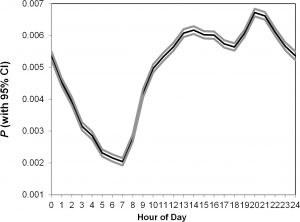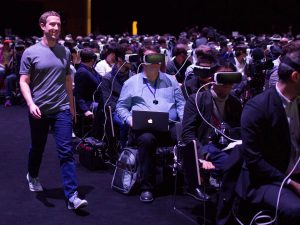 Rafi Letzter of Tech Insider reports that Facebook Messenger has a feature capable of sending information about when other users are online to your computer in plain text. Soren Louv-Jansen used this to write a program that checked Facebook every ten minutes and recorded these timestamps. With that data, he could tell when his friends put turned on their phones in the morning and logged off at night, resulting in a database of his friend’s sleeping schedules. This news is particularly interesting in the wake of Lab Director, Noshir Contractor‘s recent article in PLOS One “Circadian Rhythms in Socializing Propensity.” His team found that the time-of-day that people use social media has a significant effect on the connections the forge. Though most people socialize online in the evenings, the most meaningful communications and friendships occur late at night, when not many people are awake. The research suggest that the presence of oxytocin at that point in the human circadian cycle encourages this deep bonding.
Rafi Letzter of Tech Insider reports that Facebook Messenger has a feature capable of sending information about when other users are online to your computer in plain text. Soren Louv-Jansen used this to write a program that checked Facebook every ten minutes and recorded these timestamps. With that data, he could tell when his friends put turned on their phones in the morning and logged off at night, resulting in a database of his friend’s sleeping schedules. This news is particularly interesting in the wake of Lab Director, Noshir Contractor‘s recent article in PLOS One “Circadian Rhythms in Socializing Propensity.” His team found that the time-of-day that people use social media has a significant effect on the connections the forge. Though most people socialize online in the evenings, the most meaningful communications and friendships occur late at night, when not many people are awake. The research suggest that the presence of oxytocin at that point in the human circadian cycle encourages this deep bonding.
Read the full Tech Insider article HERE.
Read Noshir’s full article HERE.

